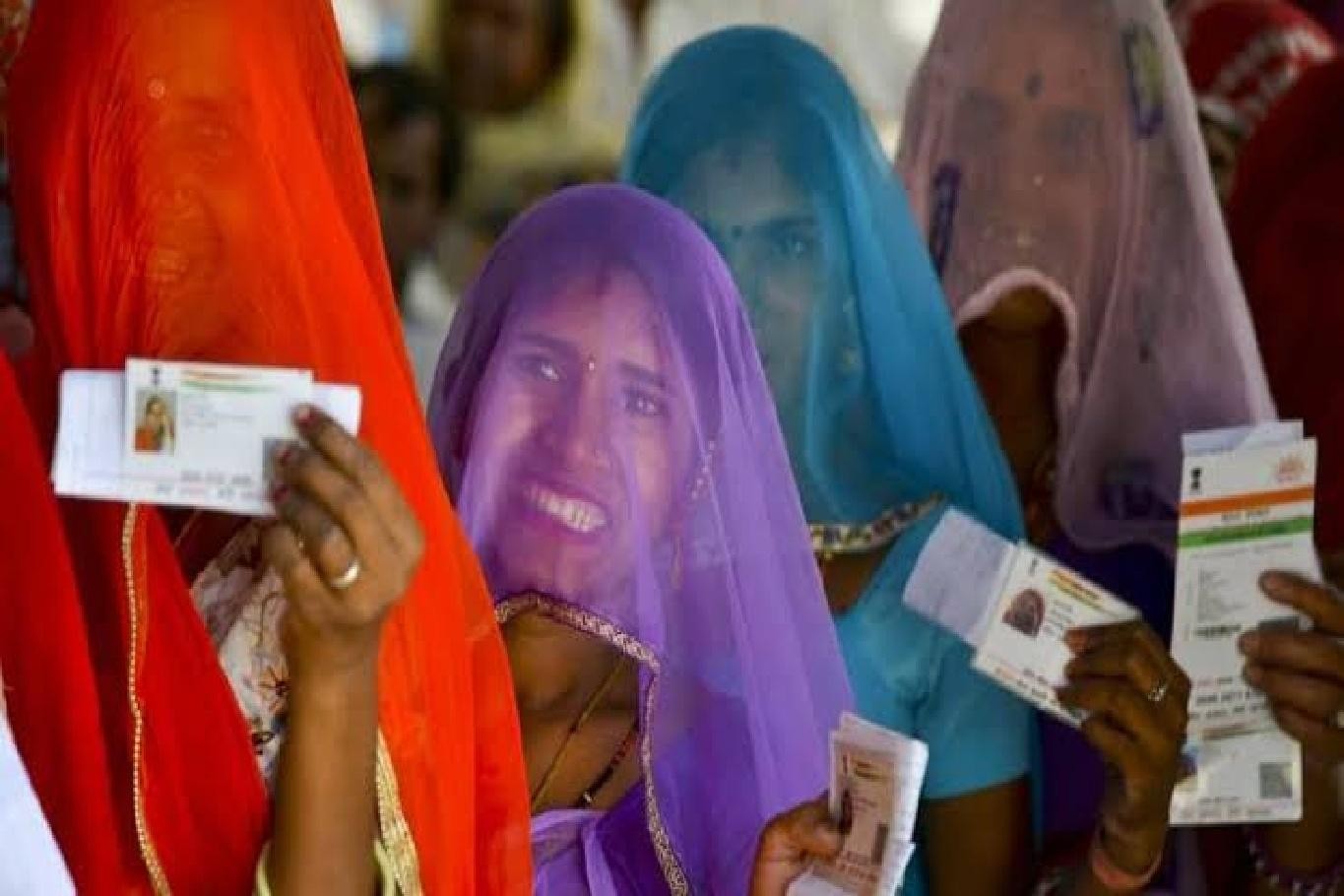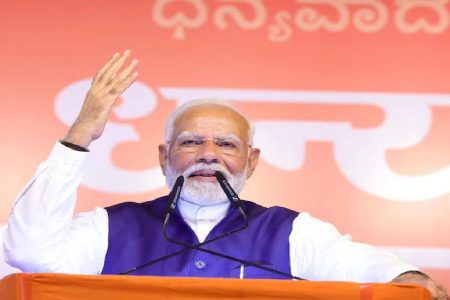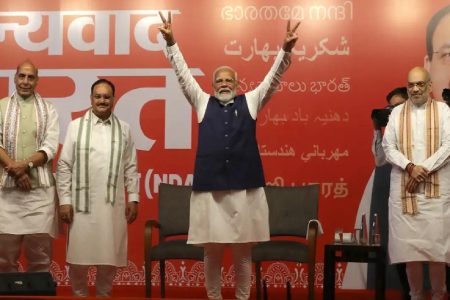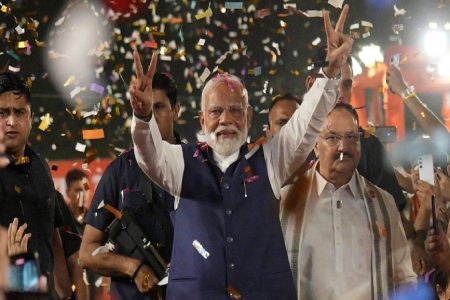
During the first four phases of the 2024 general elections, voter turnout significantly increased compared to the 2019 elections. According to data from the Election Commission, 451 million voters participated in 2024, compared to 426 million in 2019, reflecting an increase of 25 million voters.
A domestic brokerage firm, SBI Research, analyzed this data, excluding postal and army ballots, and found an overall increase of 19 million voters. Within this increase, female voters rose by 9.36 million, while male voters increased by 8.47 million, highlighting the growing importance of women in Indian politics. This translates to approximately 110 female voters for every additional 100 male voters.
SBI Research undertook this analysis based on the belief that while voter turnout ratio is a common measure of public engagement, it is not always the most accurate indicator. They cautioned that comparing voter turnout ratios across different phases or elections could lead to misleading interpretations. Therefore, they calculated the absolute number of voters in each constituency during the 2019 and 2024 elections using data from the Election Commission of India (ECI) and voter turnout ratios.
The brokerage noted that over the last three elections (2014, 2019, and 2024), the average incremental voter turnout has been substantial, at 80 million. This is a notable increase from the average incremental voter turnout of 20 million for the 15 elections held before 2014.
The report highlighted that Karnataka experienced the highest increase in voter numbers in 2024, adding 3.55 million voters, with female voters accounting for 2.06 million (58% of the increase). Telangana also saw a significant rise, with an increase of 3.19 million voters compared to 2019.
Conversely, Kerala saw the largest decline in voter numbers in 2024, with a decrease of 0.53 million, followed by Manipur with a decline of 0.34 million voters.
So far, polling has progressed through four phases, covering 381 constituencies, which is 70% of the total constituencies. By the end of the fifth phase on May 20th, it is projected that around 80% of India’s population will have voted. The cumulative voter turnout for the four completed phases stands at 66.95%.
SBI Research’s analysis, based on current trends, predicts that overall voter turnout for the ongoing Lok Sabha elections will be around 67.5%, close to the 67.7% turnout in the 2019 elections. This projection is based on an estimated 650 million voters out of 960 million registered electors.
The fifth phase of voting in India’s seven-phase election ends today, with the remaining two phases scheduled for May 25 and June 1. The election will conclude with the counting of votes on June 4.
This election is a critical contest between the National Democratic Alliance (NDA), led by Prime Minister Narendra Modi’s Bharatiya Janata Party (BJP), and the Indian National Developmental Inclusive Alliance (INDIA), led by the Indian National Congress party.










